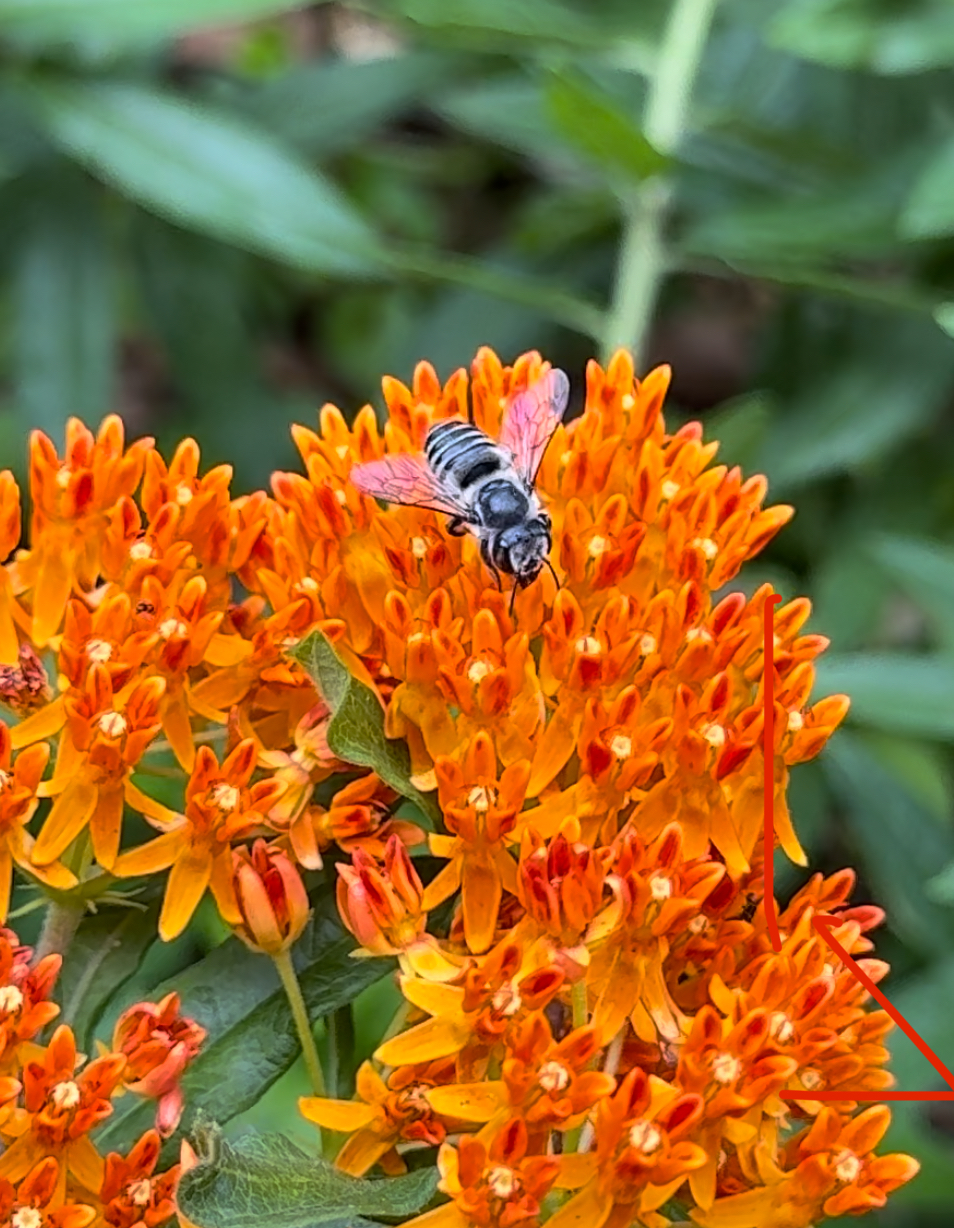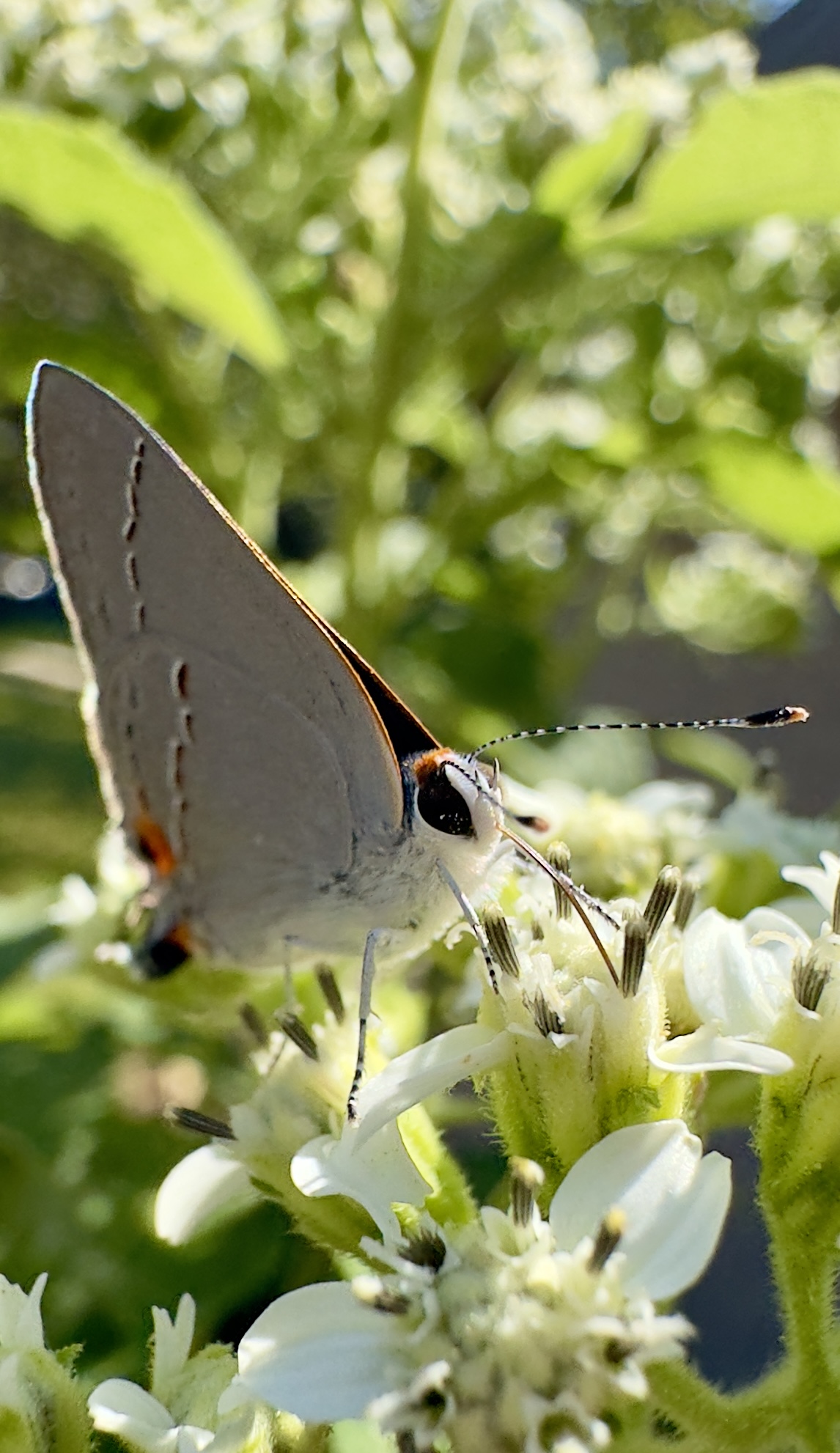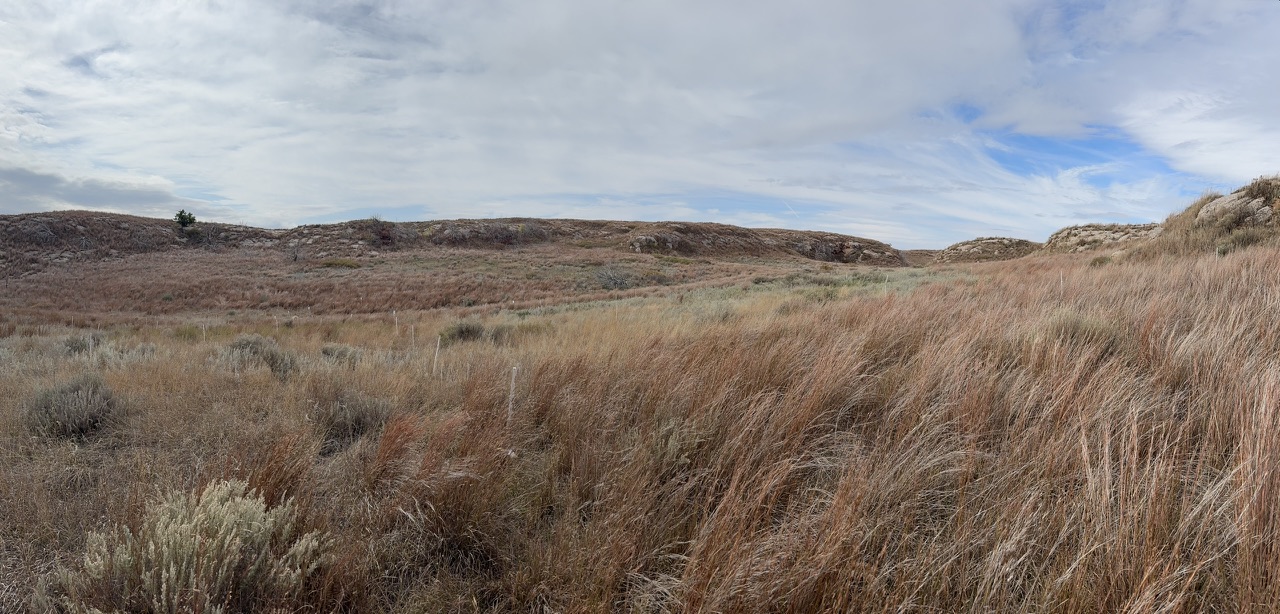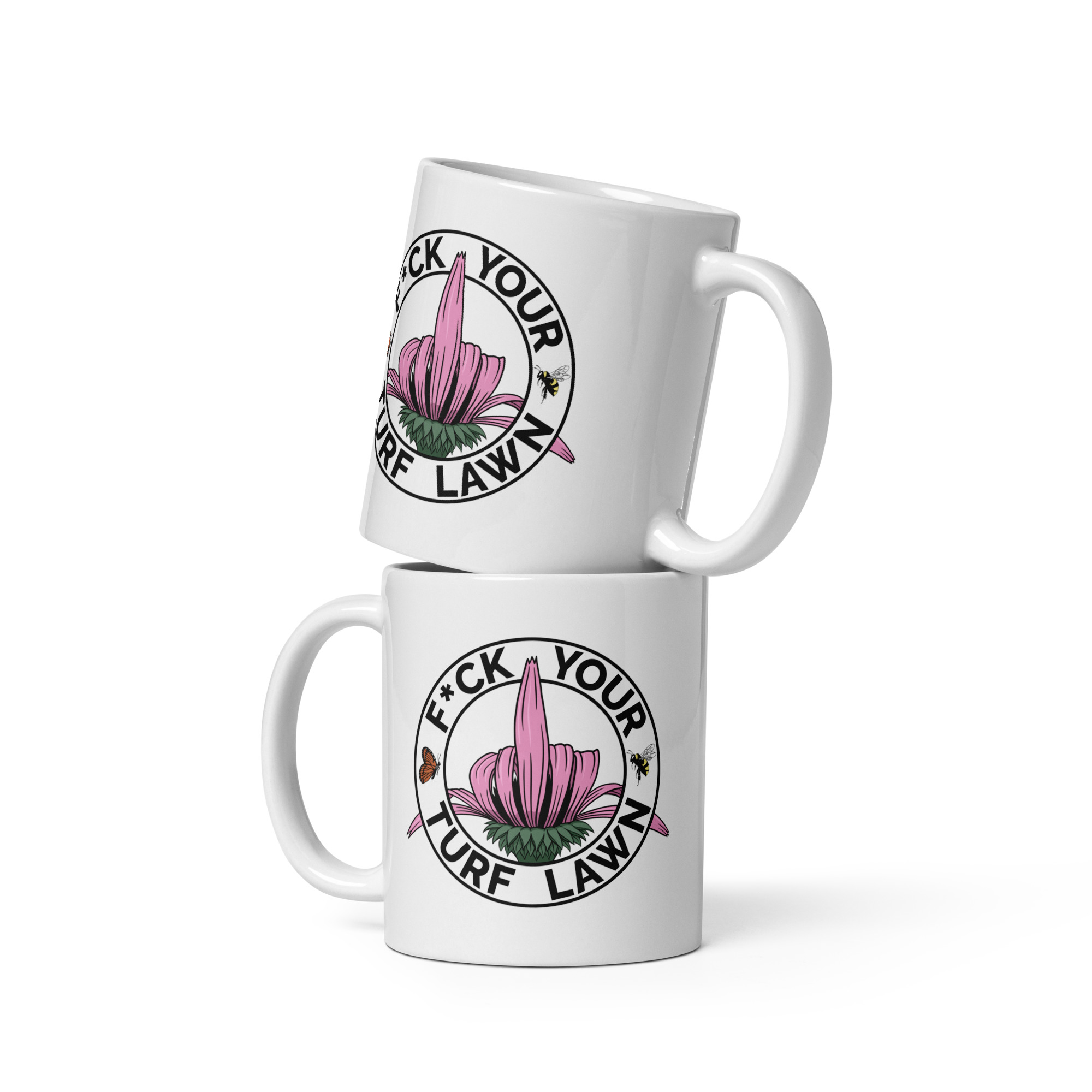Your cart is currently empty!

5 Ways Native Plants Enhance Local Ecosystems
•
5 Ways Native Plants Enhance Local Ecosystems
Explore how native plants play a crucial role in supporting and revitalizing local ecosystems, offering sustainable solutions to environmental challenges.
Let’s start with the Basics
What is a Native Plant?
Native plants are species that have evolved in a particular region. Adapting, over thousand of years to the local climate, soil conditions, precipitation, herbivory, etc. They also have very specialized relationships with animals and insects of the area.
What is an Ecosystem?
An ecosystem is a community of living and non-living things that interact with each other in a specific environment. It includes plants, animals, microorganisms, soil, water, air, and sunlight, all working together to create a functioning system.
What is an Eco-Region
An ecoregion is an area of land or water containing a unique combination of natural features like climate, soil, vegetation, and wildlife. Defined by distinct geography, geology, and ecological characteristics that support specific flora and fauna.
1. Provide Food, Shelter and Habitat.
Native plants provide food, shelter, and habitat for local wildlife. Birds, bees, butterlies, beetles and yes, even flies have evolved relationships the native plants. Some insects have evolved symbiotic relationships with plants. In other words, if the plant dies out, the insect dies out. Monarch butterflies(Danaus plexippus)are one of those. They require the Milkweed (Asclepias) plant to reproduce. Their caterpillars can ONLY eat the milkweed plant. Other pollinators use the stems of some native plants to over-winter within. Oak trees(Quercus) are ecological powerhouses, supporting over 400 species of insects.
2. Reduces Invasive Species
Every bit of space taken up by a Native Plant takes that space away from possible destructive and invasive plants. Unfortunately it works both ways. There are things called “Evolutionary Filters” that control populations and help maintain ecological equilibrium. Whether it be bugs or animals that eat them, competition with specific other species, or even pathogens that keep them balance. Non-native plants can outcompete native species for resources because they don’t have these “checks and balances” with often times leads to a decline in local biodiversity. By using native plants, you can reduce the risk of invasive species taking over and restore a bit of that natural balance.
3. Water Conservation
This one is a little more tenuous a claim. A lot depends on the ecosystem and the plants being referenced. If you’re planting prairie plants MANY of them are deep rooted, which leads to more drought tolerance. Some wetland plants would be the opposite, and completely contrary to that claim. Many forest plants tend to create a large carpet of roots. It’s important to acknowledge these differences. However, ALL native plants are adapted to their own local climate conditions. If you’re referring to grassland plants, then yes these plants TEND to require less irrigation compared to non-native species. Their deep-root systems allow them to access water from deeper soil layers, reducing the need for supplemental watering. It’s imperative to understanding these difference when creating functioning plant communities.

4. Reduced Need for Pesticide and Chemical Fertilizers
Since plants that are native to your region evolved to thrive in your local ecosystem; that usually means they are less susceptible to pests and diseases, because they tend to grow better and be healthier. This reduces the need for pesticides and fertilizers, which can harm local wildlife, contaminate soil, and pollute water ways. Native plants also play a crucial role in maintaining soil health. Most people don’t consider that even the roots create habitat for native fungus, bacteria, and other microscopic helpers, all of which are killed or damaged by pesticide/herbicide use. By choosing native plants, we can create resilient ecosystems that thrive without chemical intervention, creating a net positive for the world and saving you money on the “Lawn Management” scam.

5. Enhancing Ecosystem Services
Native plants do so much for local-ecosystems: Soil stabilization, carbon sequestration, and in a broader scale, climate regulation. Before the Great Plains were destroyed by agriculture, there were very few natural lakes (exactly 0 in Oklahoma). The open prairie held all of the water it needed to sustain itself. The density of the plants and richness of the soil built over millennia regulated the weather. This tightly packed network of plants provided food, shelter, breeding grounds. It filtered water, cleaned the air and regulated ground temperature and humidity. Ecosystems have become so fragmented that even a single native plant helps provide a springboard for the living world in the vast, dead, concrete deserts we’ve created.




Leave a Reply